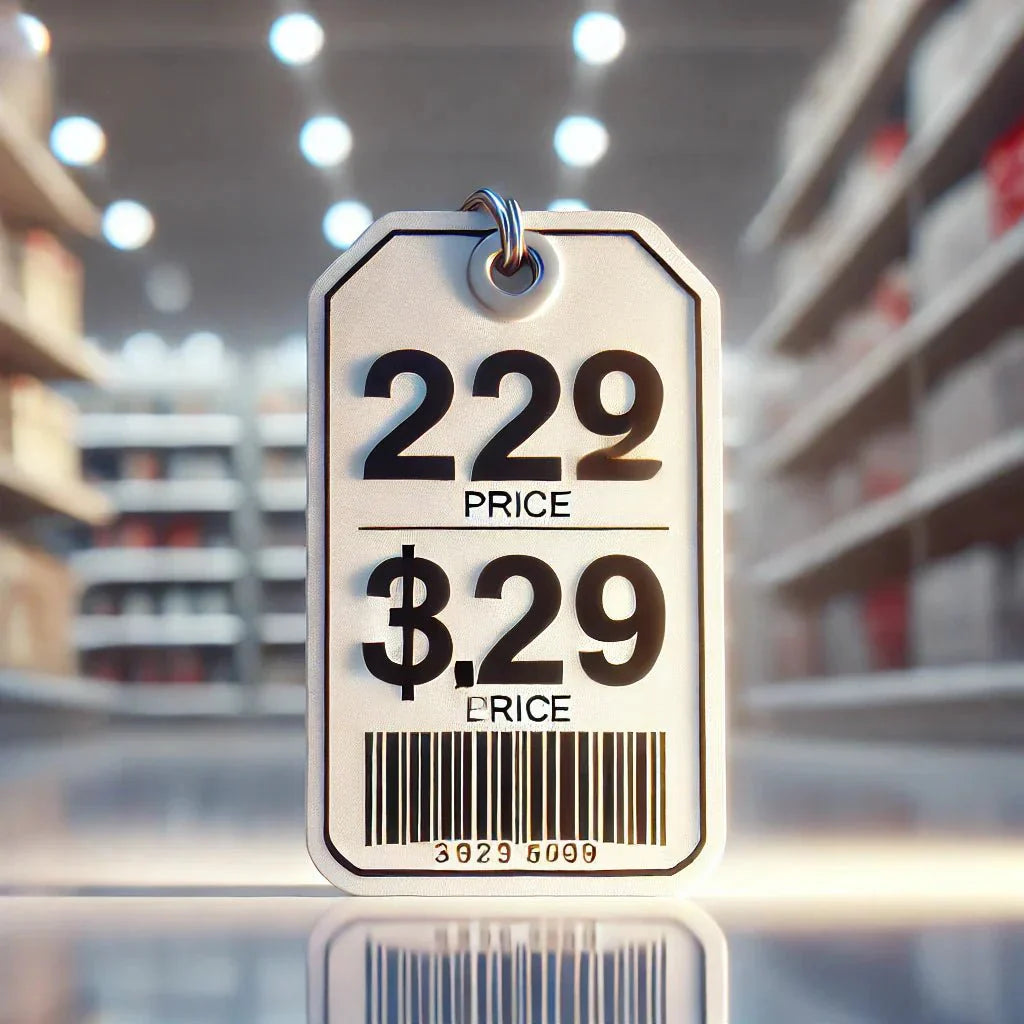Understanding Consumer Pricing Differences: Big Box Retailers vs. Online Independent Merchants Under Trump’s Tariffs on Chinese Imports
The consumer goods pricing in the United States has been significantly impacted by tariffs imposed on Chinese imports, particularly those introduced during the Trump administration. These tariffs have created a noticeable pricing disparity between big box retailers and online independent merchants. While large retailers must navigate higher costs due to import duties, smaller independent online sellers can leverage duty-free exemptions under the de minimis threshold, allowing them to sell the same products at lower prices. This article explores how these two business models are affected by tariffs and how consumers ultimately see the difference in pricing.
Trump’s Tariffs on Chinese Imports: An Overview
Under the Trump administration, tariffs were imposed on billions of dollars worth of goods imported from China under Section 301 of the Trade Act of 1974. These tariffs, ranging from 10% to 25%, were aimed at countering what the administration viewed as unfair trade practices by China. However, these additional costs were inevitably passed down to consumers, increasing retail prices in the U.S.
Big Box Retailers and the Impact of Import Duties
Big box retailers such as Walmart, Target, and Best Buy operate under a business model that requires bulk importation of goods via shipping containers. These large-scale imports mean:
- Products are subject to full tariff charges, increasing wholesale costs.
- Retailers must adjust their pricing to reflect higher import costs.
- Consumers bear the brunt of price hikes as retailers pass along tariff costs.
- Inventory levels must be carefully managed to account for fluctuating duties and supply chain costs.
Online Independent Merchants: A Duty-Free Advantage
Unlike big box retailers, online independent merchants who ship directly from China to U.S. customers benefit from the de minimis threshold, which allows shipments valued at $800 or less to enter the U.S. duty-free. This means:
- Products can be shipped individually, avoiding bulk import tariffs.
- Sellers can offer lower prices than big box retailers.
- Consumers receive cheaper products, often with a longer delivery time.
- Online marketplaces like independent Shopify stores benefit from this loophole, undercutting large retailers on price.
Price Comparison: Big Box Retailers vs. Online Independent Sellers
Consider a hypothetical product—an electronic gadget priced at $100 wholesale from China. Here’s how pricing differs under both models:
| Factor | Big Box Retailers | Online Independent Merchants |
|---|---|---|
| Wholesale Cost | $100 | $100 |
| Tariff (25%) | $25 | $0 (under $800) |
| Shipping & Handling | Bulk Freight Costs | Direct Shipping Costs |
| Total Cost to Seller | ~$130 | ~$100 |
| Final Consumer Price | $160 - $180 | $110 - $130 |
As seen above, big box retailers must mark up their prices to offset tariff costs, while online independent merchants enjoy pricing flexibility due to the duty-free exemption.
The Consumer Dilemma: Price vs. Convenience
While independent online merchants offer cheaper alternatives, consumers must consider the trade-offs:
- Shipping Time: Big box retailers offer quicker availability, whereas online merchants may require a longer time for delivery.
- Product Authenticity and Returns: Large retailers guarantee authenticity and allow easy returns, whereas online purchases from independent online merchants may pose risks in quality control.
- Customer Service: Returns and refunds are more straightforward with established U.S. retailers, while dealing with independent online merchants can be more challenging.
Future Outlook: Possible Regulatory Changes
Given the increasing number of independent sellers utilizing the de minimis loophole, there is growing political pressure to reform tariff policies. U.S. lawmakers have debated reducing the $800 threshold to level the playing field for domestic retailers. If implemented, such reforms could lead to:
- Higher costs for online imports, reducing the price advantage of independent merchants.
- A shift in consumer buying behavior, potentially benefiting big box retailers.
- Potential backlash from consumers, who have grown accustomed to lower-priced online alternatives.
Conclusion
The Trump-era tariffs on Chinese imports have starkly contrasted pricing strategies between big box retailers and independent online merchants. While large retailers face unavoidable tariff costs, smaller online sellers can exploit duty-free exemptions to offer lower prices. Consumers, in turn, must weigh the benefits of cheaper goods vs. faster, more reliable retail options. As tariff regulations evolve, this pricing dynamic may shift, altering the landscape of e-commerce and traditional retail in the U.S.
That said, online shoppers are encouraged to shop confidently from reputable, independent online merchants. Not all independent e-commerce stores uphold the same standards of product quality and return policies, so separating grains from wheat is crucial. Choosing trusted small-time sellers can benefit from better prices. Hence, a penny saved is a penny earned, especially in today's economy.




